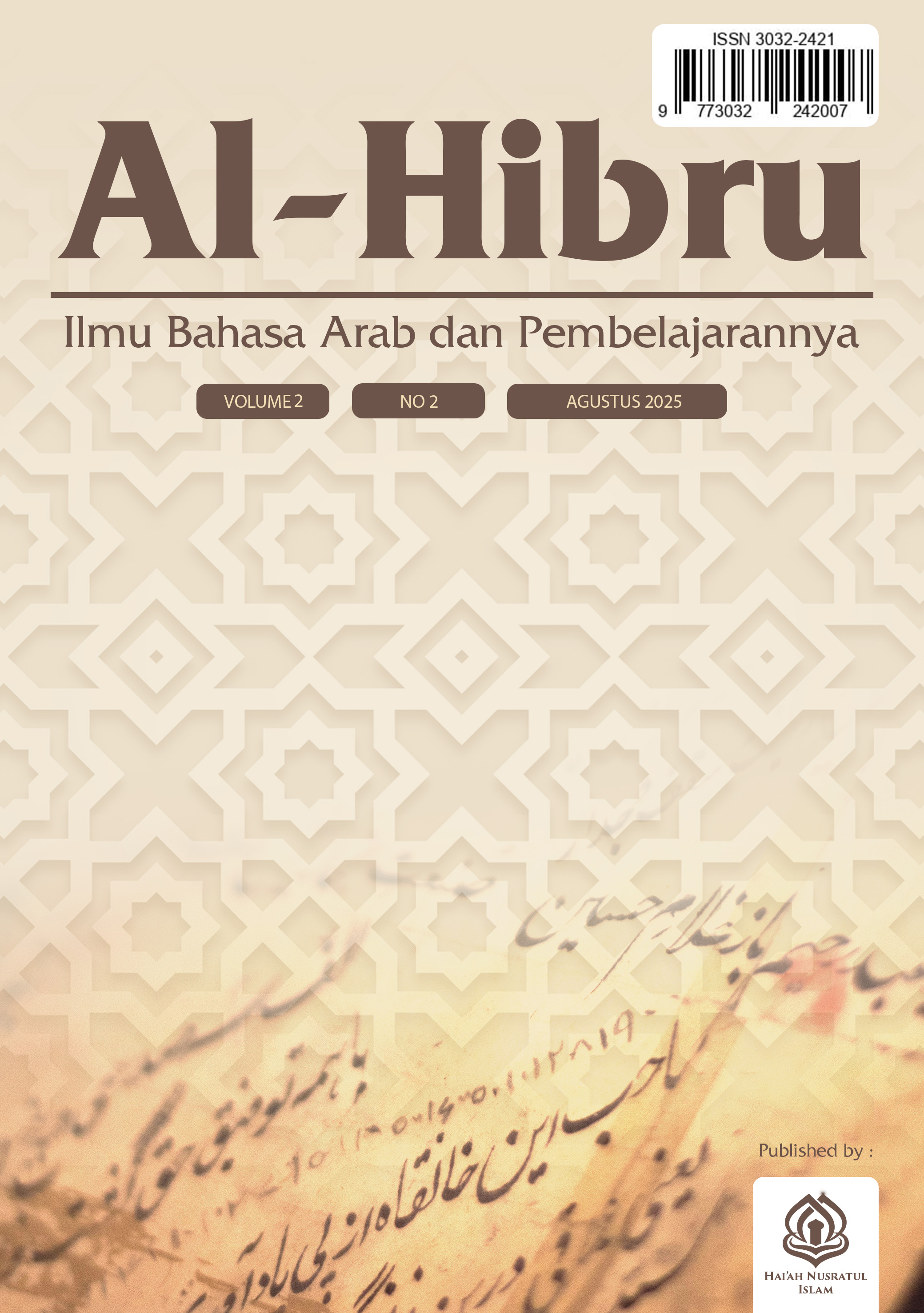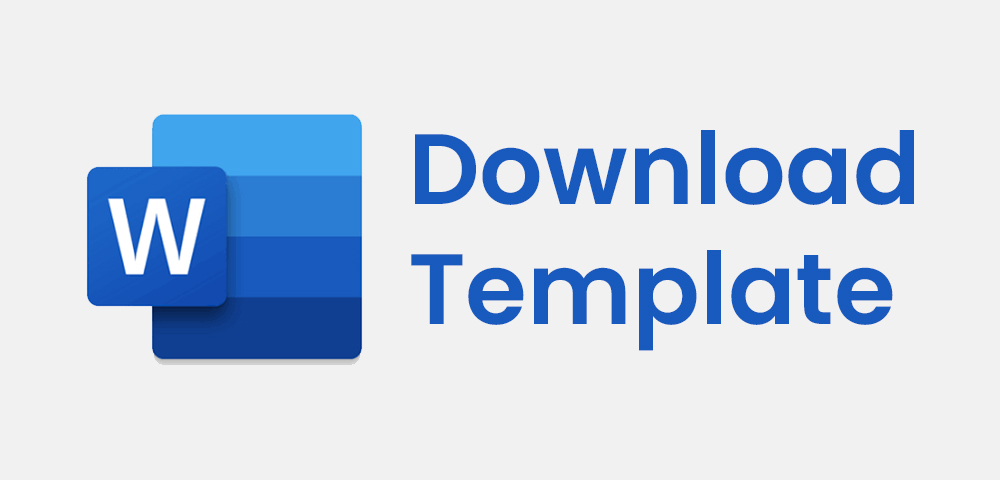The ANALYSIS OF KALAM IJAZI IN THE STUDY OF BALAGHAH IN QURAN SURAH AL-BAQARAH VERSE 3: Characteristics of the Taqwa
DOI:
https://doi.org/10.59548/hbr.v2i2.410Keywords:
Kalam Ijazi Balaghah Characteristics of BelieversAbstract
This study aims to analyze the ijazi kalam from the science of balaghah found in the Qur'an, Surah Al-Baqarah, verse three. This verse mentions the characteristics of believers and taqwa people who make the Qur'an their guide in life, namely believing in the unseen, performing prayers, and paying or giving zakat to those who are entitled to receive it. The research method in this article is a descriptive qualitative approach with a literature review as the data and information collection method. The data sources are the Qur'an, Qur'anic exegesis, and previous articles. Ijazi is a short expression that contains a broad meaning. The research results indicate that there is an ijazi statement in Surah Al-Baqarah verse three, specifically in the phrase يؤمنون بالغ. Based on the analysis of the ijazi statement, the meaning of يؤمنون بالغيب is to believe in the unseen, which means believing in Allah, believing in the Prophet Muhammad, and the teachings of Islam.
References
Adolph, R. (2016). Metode Penelitian. 1–23. https://dspace.uii.ac.id/bitstream/handle/123456789/15344/05.3 bab 3.pdf?sequence=7&isAllowed=y
Azhar, A. L., Prof, K., Surat, H., & Baqarah, A. L. (2022). NILAI-NILAI PENDIDIKAN ISLAM YANG TERDAPAT DALAM TAFSIR AL-AZHAR KARANGAN PROF. DR. HAMKA SURAT AL-BAQARAH AYAT 1-5. 3(1), 283–292.
Emadwiandr. (2013). Metode Penelitian,(library research). Journal of Chemical Information and Modeling, 53(9), 1689–1699.
Hamka, P. D. (2016). Tafsir Al-Azhar_ jilid 01.
Khamim, & Subakir, A. (2018). Ilmu Balaghah Dilengkapi Dengan Contoh-Contoh Ayat, Hadits Nabi dan Syair Arab. In Studi Islam dan Sosial. http://repository.iainkediri.ac.id/61/1/ilmu balaghah_2018_new.pdf
Lukman, Achmad Abubakar, & Mardan. (2021). Kaidah-Kaidah Kemukjizatan Al-Qur’an Berhubungan dengan Al-Ijaz (Ringkasan) dan Wa Al-Itnab (Berurutan) dalam Al-Qur’an. Al-Tadabbur: Jurnal Ilmu Al-Qur’an Dan Tafsir, 6(2), 361–374. https://doi.org/10.30868/at.v6i02.2034
Sagala, R. (2016). BALAGHAH. البلاغة و النقد الأدبي, 1, 225–231. https://doi.org/10.12816/0021621
Seff, F. M. (2015). Konsep I’jaz Balghy Dalam Perpektif Al-Qur’an (Studi Terhadap I’Jazh Balaghy Dalam Al-Qur’an). Jurnal Tarbiyah Dan Keguruan IAIN Antasari, 3(2).
Shihab, M. Q. (2002). Tafsir-Al-Mishbah-Jilid-01-M.-Quraish-Shihab. In Jakarta : Lentera Hati.
Shihab, Q., Qs, T., El, A., Syahputra, A., Mas, S., & Tulungagung, N. (2023). KARAKTERISTIK ORANG YANG BERTAKWA PERSPEKTIF M.QURAISH SHIHAB (TELAAH AL-BAQARAH AYAT 3-5). 1(2), 3–5.
Syahfrizal, D., Israq, A., Islam, U., & Sumatera, N. (2025). Analisis Ijaz Dalam Ilmu Balaghah Pada Al-Baqarah Ayat : 285 : Kewajiban Beriman Kepada Allah. 6.
Yamani, G. (2023). Balaghah Al-Qur’an: Mendaki Ketinggian Bahasa Al Qur’an Mendalami Kandungan Maknanya.
Downloads
Published
How to Cite
Issue
Section
License
Copyright (c) 2025 Sarah Mutia, Siti Halija

This work is licensed under a Creative Commons Attribution 4.0 International License.
- Share — copy and redistribute the material in any medium or format for any purpose, even commercially.
- Adapt — remix, transform, and build upon the material for any purpose, even commercially.
- The licensor cannot revoke these freedoms as long as you follow the license terms.
Under the following terms:
- Attribution — You must give appropriate credit , provide a link to the license, and indicate if changes were made . You may do so in any reasonable manner, but not in any way that suggests the licensor endorses you or your use.
- No additional restrictions — You may not apply legal terms or technological measures that legally restrict others from doing anything the license permits.
Notices:
You do not have to comply with the license for elements of the material in the public domain or where your use is permitted by an applicable exception or limitation .
No warranties are given. The license may not give you all of the permissions necessary for your intended use. For example, other rights such as publicity, privacy, or moral rights may limit how you use the material.













 Based on a work at
Based on a work at 